Louis Roederer Cristal Rose with Gift Box 2013
-
Robert
Parker -
James
Suckling -
Wine &
Spirits -
Jeb
Dunnuck -
Wine
Spectator -
Wine
Enthusiast




Product Details
Your Rating
Somm Note
Winemaker Notes
The bouquet is both elegant and deep, with dark berries (blackcurrant) and fruits of the forest (blackberry, wild strawberries). There is also a hint of perfectly ripe Morello cherry. Reminiscent of concentrated tangy jam. The immediate effect on the palate is velvety, silky and enchanting - characteristic of the great Pinot noir from Ay, simultaneously intense with aromas and with a tight structure, all the while remaining delicate, subtle and ethereal.
Professional Ratings
-
Robert Parker's Wine Advocate
A candidate for wine-of-the-vintage honors in Champagne, Roederer's 2013 Cristal Rosé is showing brilliantly, unfurling in the glass with notes of crisp orchard fruit, white flowers, red berries, stone fruit, freshly baked bread and tangerine oil. Full-bodied, layered and multidimensional, the vintage's bright girdling acids are amply cloaked in exuberant, expressive and notably concentrated fruit; so while this Cristal is as tensile and age-worthy as one would expect, it's also impressively fleshy and generous given the year. Concluding with an intensely sapid finish, the 2013 isn't as overtly structured as the muscular, tightly wound 2012: rather, it's the 2013's alliance of cut and flesh, precision and charm that's so compelling this year. This is another banner vintage for what I consider the reigning champion of the region's tête de cuvée bottlings, and it will be worth an effort to acquire.
-
James Suckling
Biscuit, white strawberry, peach, pie crust, chalk, pomegranate and pink grapefruit here. Cotton candy, too. Sharp and vibrant, with direct and linear character. Elegant, fine bubbles. Dry and delicate, yet powerful. Drink or hold.
-
Wine & Spirits
Cristal Rosé appears to be an effortless wine, a pleasure point somewhere between masculine strength and feminine beauty. The delicate rose color and lasting red fruit describe ripe peach, the scent of bee pollen, savory herbs and smoke, but what astonishes about this wine is the kind of power that pheromones have, well past the edges of perception. A blend of Aÿ pinot noir and Avize chardonnay, all mid-slope parcels, all on chalk soils, this is glorious wine to enjoy now, while it holds the inner tension and bold compression of flavors to develop for decades.
-
Jeb Dunnuck
If you're a Champagne lover and this doesn't do it for you, I don't know what will. A magical Champagne that's just about as good as it gets, the 2013 Cristal Rosé reveal a lighter salmon hue to go with a rich yet also subtle nose of orange blossom, white flowers, toasted brioche, and chalky minerality. It takes some coaxing but is incredibly complex aromatically and offers more spice, dried strawberry, and library book-like nuances as it sets in the glass. Richly textured on the palate, it's medium to full-bodied and has surprising opulence as well as a great mid-palate, all of which are balanced by a vibrant spine of acidity. It starts out seemingly soft and easygoing yet changes with air, and it possesses an incredible mix of suppleness, texture, and precision that is something to behold. It can be drunk today or cellared for 20 or 30 years, possibly even longer.
-
Wine Spectator
Like an orchestra that melds the voices of many components into one compelling song, this bright rosé offers precision balance, seamlessly knitting an expressive range of ripe nectarine and raspberry fruit, Marcona almond, blood orange peel and candied ginger flavors with racy acidity and saline-laced minerality. Plush and creamy on the lasting finish. Pinot Noir and Chardonnay. Drink now through 2036. From France.
-
Wine Enthusiast
A pale rosé color of this great Champagne leads to a wine that has toast, spice and layers of citrus and red fruits. Its richness is balanced by freshness that will take several years to fully mature. So, even at eight years, the wine has plenty of room to develop. Drink from 2023.
Other Vintages
2012-
James
Suckling -
Jeb
Dunnuck -
Robert
Parker -
Wine &
Spirits -
Wine
Enthusiast -
Wine
Spectator
-
Wine
Enthusiast
-
Robert
Parker -
Wine
Enthusiast -
Wine
Spectator
-
James
Suckling -
Wine
Enthusiast
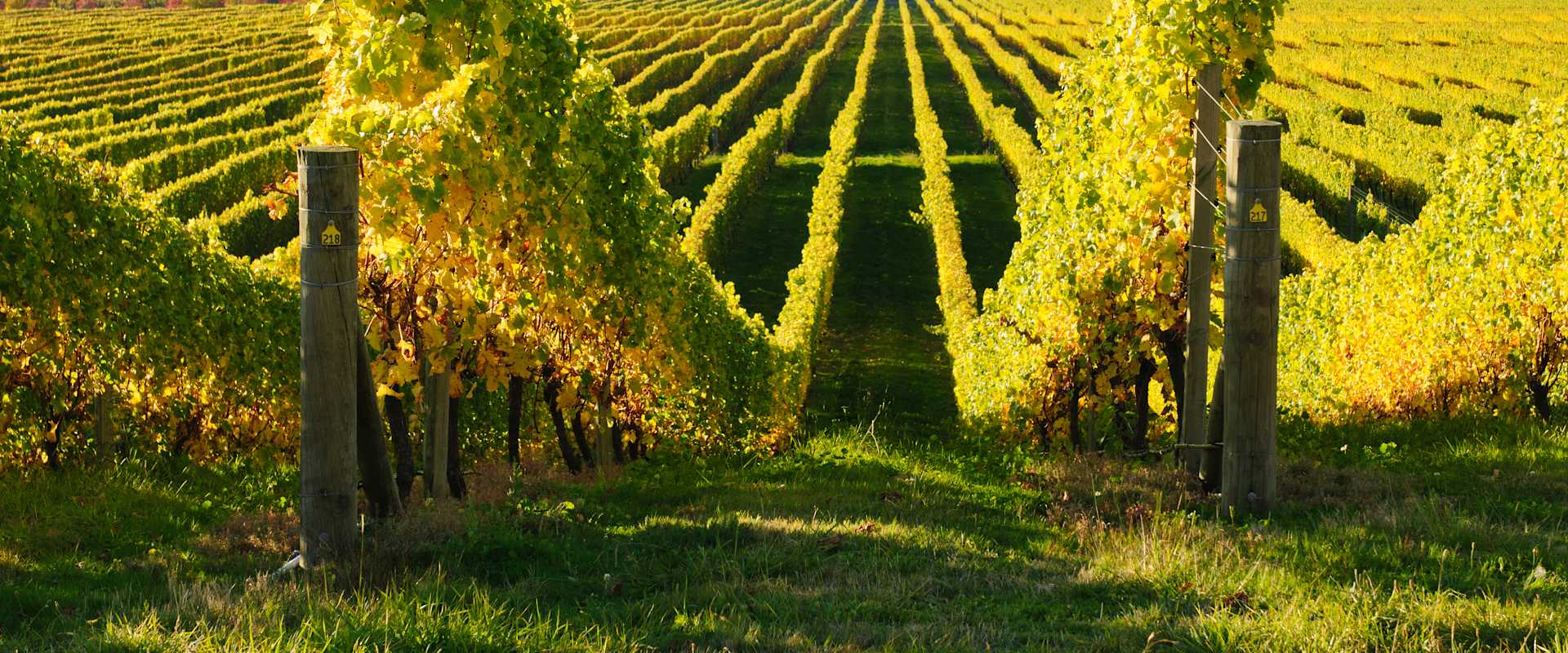

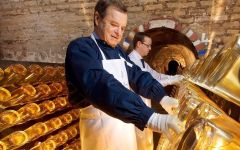
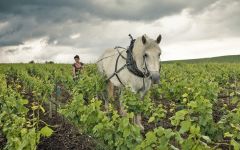
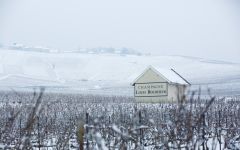
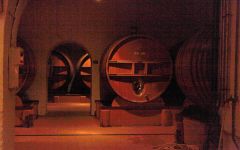
Uncompromising Quality
Champagne Louis Roederer was founded in 1776 in Reims, France and is one of the rare family owned companies, which is still managed by the Roederer family. In 1833, Louis Roederer inherited the company from his uncle and renamed the company under his namesake. Under his leadership, the company rapidly grew while remaining true to their philosophy of uncompromising quality. Today, the company is under the helm of Jean-Claude Rouzaud and his son Frédéric who continue to place quality before quantity.
First-Rate Vineyards
Champagne Louis Roederer is one of the only French champagne producers to own nearly 75 percent of the grapes in the most desirable vineyards in the Champagne. The property is located on 450 acres in the finest villages of Montagne de Reims, Côtes des Blancs, and Valleé de la Marne. Each region is selected to produce Chardonnay and Pinot Noir with the elegance needed for perfectly balanced champagne. The Louis Roederer vineyards rate an average 98 percent based on France’s statutory 100-point classification scale.
The reserve wine is then tasted and graded by a team of Roederer specialists. They choose as many as 40 different wines from several lots for the blend. For the final touch, the wine is then added in order to enhance the cuvee and guarantee consistency while retaining the champagne's characteristics.

What are the different types of sparkling rosé wine?
Rosé sparkling wines like Champagne, Prosecco, Cava, and others make a fun and festive alternative to regular bubbles—but don’t snub these as not as important as their clear counterparts. Rosé Champagnes (i.e., those coming from the Champagne region of France) are made in the same basic way as regular Champagne, from the same grapes and the same region. Most other regions where sparkling wine is produced, and where red grape varieties also grow, also make a rosé version.
How is sparkling rosé wine made?
There are two main methods to make rosé sparkling wine. Typically, either white wine is blended with red wine to make a rosé base wine, or only red grapes are used but spend a short period of time on their skins (maceration) to make rosé colored juice before pressing and fermentation. In either case the base wine goes through a second fermentation (the one that makes the bubbles) through any of the various sparkling wine making methods.
What gives rosé Champagne and sparkling wine their color and bubbles?
The bubbles in sparkling wine are formed when the base wine undergoes a secondary fermentation, which traps carbon dioxide inside the bottle or fermentation vessel. During this stage, the yeast cells can absorb some of the wine’s color but for the most part, the pink hue remains.
How do you serve rosé sparkling wine?
Treat rosé sparkling wine as you would treat any Champagne, Prosecco, Cava, and other sparkling wine of comparable quality. For storing in any long-term sense, these should be kept at cellar temperature, about 55F. For serving, cool to about 40F to 50F. As for drinking, the best glasses have a stem and a flute or tulip shape to allow the bead (bubbles) and beautiful rosé hue to show.
How long do rosé Champagne and sparkling wine last?
Most rosé versions of Prosecco, Champagne, Cava or others around the “$20 and under” price point are intended for early consumption. Those made using the traditional method with extended cellar time before release (e.g., Champagne or Crémant) can typically improve with age. If you are unsure, definitely consult a wine professional for guidance.

Associated with luxury, celebration, and romance, the region, Champagne, is home to the world’s most prized sparkling wine. In order to bear the label, ‘Champagne’, a sparkling wine must originate from this northeastern region of France—called Champagne—and adhere to strict quality standards. Made up of the three towns Reims, Épernay, and Aÿ, it was here that the traditional method of sparkling wine production was both invented and perfected, birthing a winemaking technique as well as a flavor profile that is now emulated worldwide.
Well-drained, limestone and chalky soil defines much of the region, which lend a mineral component to its wines. Champagne’s cold, continental climate promotes ample acidity in its grapes but weather differences from year to year can create significant variation between vintages. While vintage Champagnes are produced in exceptional years, non-vintage cuvées are produced annually from a blend of several years in order to produce Champagnes that maintain a consistent house style.
With nearly negligible exceptions, . These can be blended together or bottled as individual varietal Champagnes, depending on the final style of wine desired. Chardonnay, the only white variety, contributes freshness, elegance, lively acidity and notes of citrus, orchard fruit and white flowers. Pinot Noir and its relative Pinot Meunier, provide the backbone to many blends, adding structure, body and supple red fruit flavors. Wines with a large proportion of Pinot Meunier will be ready to drink earlier, while Pinot Noir contributes to longevity. Whether it is white or rosé, most Champagne is made from a blend of red and white grapes—and uniquely, rosé is often produce by blending together red and white wine. A Champagne made exclusively from Chardonnay will be labeled as ‘blanc de blancs,’ while ones comprised of only red grapes are called ‘blanc de noirs.’
